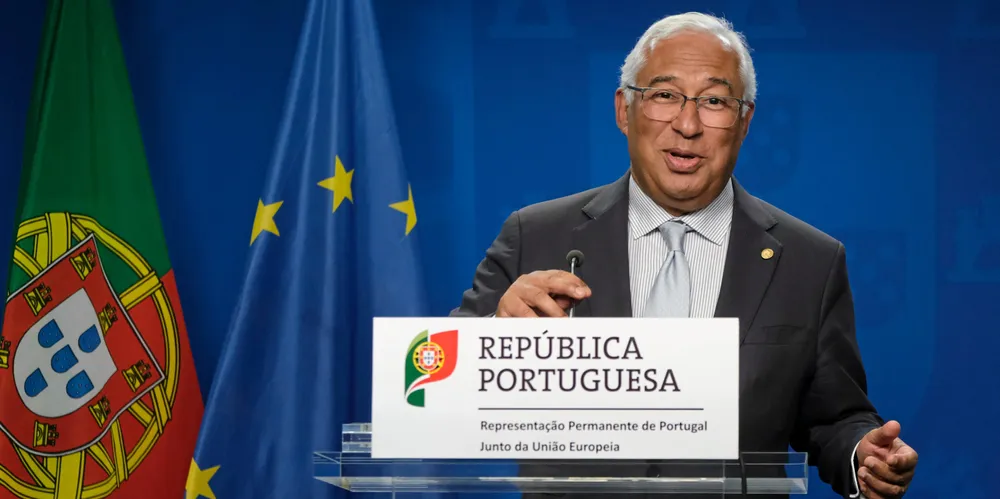Wind, hydrogen and solar fused in Portugal's punchy new energy transition plan
Nation has seen explosive growth in PV and onshore wind but is taking a realistic view of how long it will take to turn floating wind potential into power

Nation has seen explosive growth in PV and onshore wind but is taking a realistic view of how long it will take to turn floating wind potential into power
